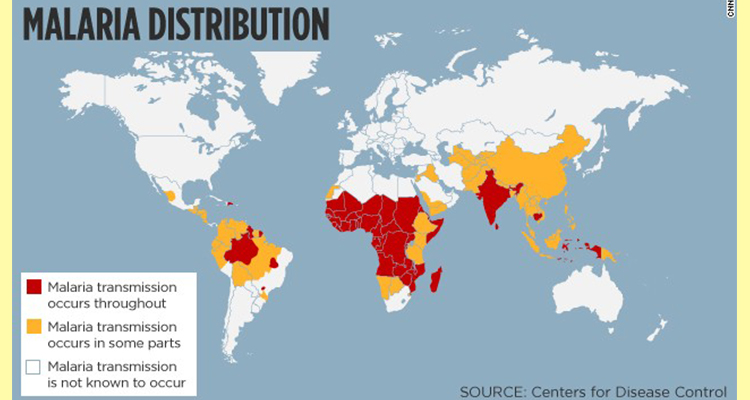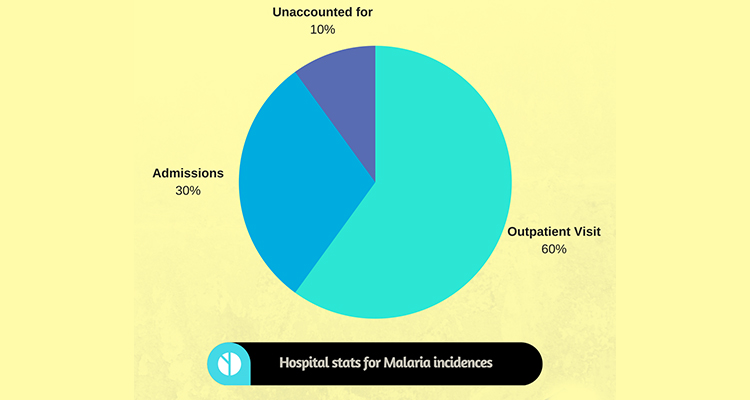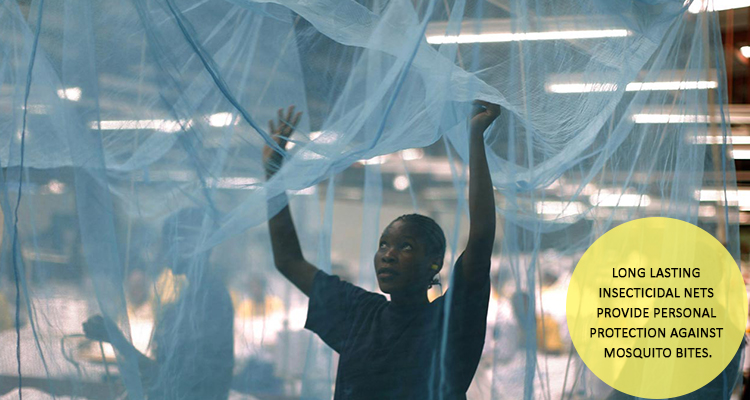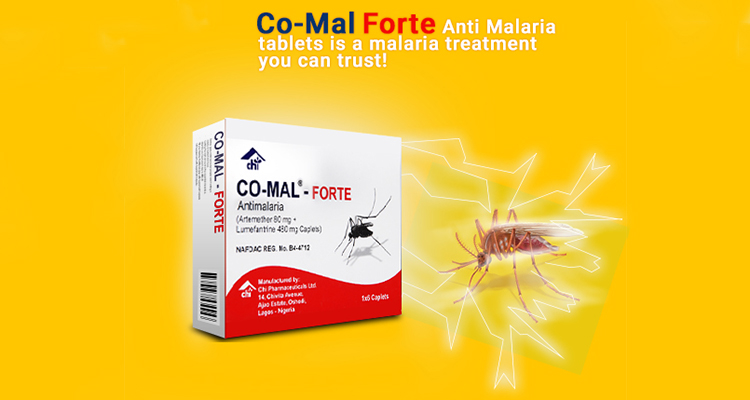Malaria is one of the most life threatening disease ever known to man. It robs people off their energy to enjoy life and go about their daily activities.
- The name Malaria was coined from the Italian words – Malaria meaning “Bad Air”, reflecting the early belief that bad-smelling air caused the disease. The way and manner of transmission was not known back then, nor did they know anything about infectious disease agents like bacteria, viruses or the single-celled protozoa like what causes malaria. So they believed it was the air itself that caused the infection, hence giving malaria its name.

- Malaria was first recorded in China in 2700BC. For thousands of years, traditional herbal remedies have been used to treat malaria. The first effective treatment for malaria came from the bark of cinchona tree, which contains quinine
- Malaria is a life threatening disease caused by plasmodium parasites that are transmitted to people through the bites of infected mosquitoes. There are about 5 plasmodium parasites existing.
- Plasmodium Falciparum is one of the species of Plasmodium that cause malaria in humans. It is transmitted by the female Anopheles mosquito. Malaria caused by this species is the most dangerous form of malaria, with the highest rates of complications and mortality. This specie is found worldwide in tropical and subtropical areas the most, very prevalent in sub-Saharan Africa. P. Falciparum can cause severe malaria because it multiples rapidly in the blood, and can cause blood loss (anaemia). In addition, the infected parasites can clog small blood vessels. When this occurs in the brain, cerebral malaria results, a complication that can be fatal. The rest species are not as life threatening as P. Falciparum
- Plasmodium Vivax, is prevalent in Southeast Asia and Latin America. Vivax malaria can lead to severe disease and death though not as deadly as Plasmodium falciparum.
- Plasmodium Malariae causes a chronic infection that in some cases can last a lifetime. Another defining feature of P. malariae is that the fever manifestations of the parasite are more moderate relative to those of P. falciparum and P. vivax and fevers.
- Plasmodium Ovale is a species of parasitic protozoa that causes tertian malaria in humans. It is rare compared to these two parasites, and substantially less dangerous than P. falciparum.
- Plasmodium Knowlesi– a species that infects primates – has led to human malaria, but the exact mode of transmission remains unclear.
- Of the 5 parasites that cause malaria in humans, Plasmodium Falciparum poses the greatest threat. Malaria can kill within 24 hours of symptoms.
- Sub Saharan Africa carries a high share of the global malaria burden; in 2015 it accounted for 90% of malaria cases and 92% of malaria deaths. One can say almost the whole population is at risk of malaria.

In 2015, there were roughly 212 million malaria cases and an estimated 429 000 malaria deaths. Increased prevention and control measures have led to a 29% reduction in malaria mortality rates globally since 2010. Sub-Saharan Africa continues to carry a disproportionately high share of malaria spread.
- In Nigeria, Malaria accounts for 60% outpatient visits. 30% admission, 30% childhood deaths, 25% infant mortality & 11% maternal mortality.

- Long lasting insecticidal nets provide personal protection against mosquito bites.

- Early diagnosis and adequate treatment of Malaria can go a long way in preventing death
- There are currently no licensed vaccines for Malaria.

- Artemisin based combination therapies (ACTs) are the most effective antimalarial drugs available today. DO you know Co-Mal Forte is an A.C.T?

See more about it here